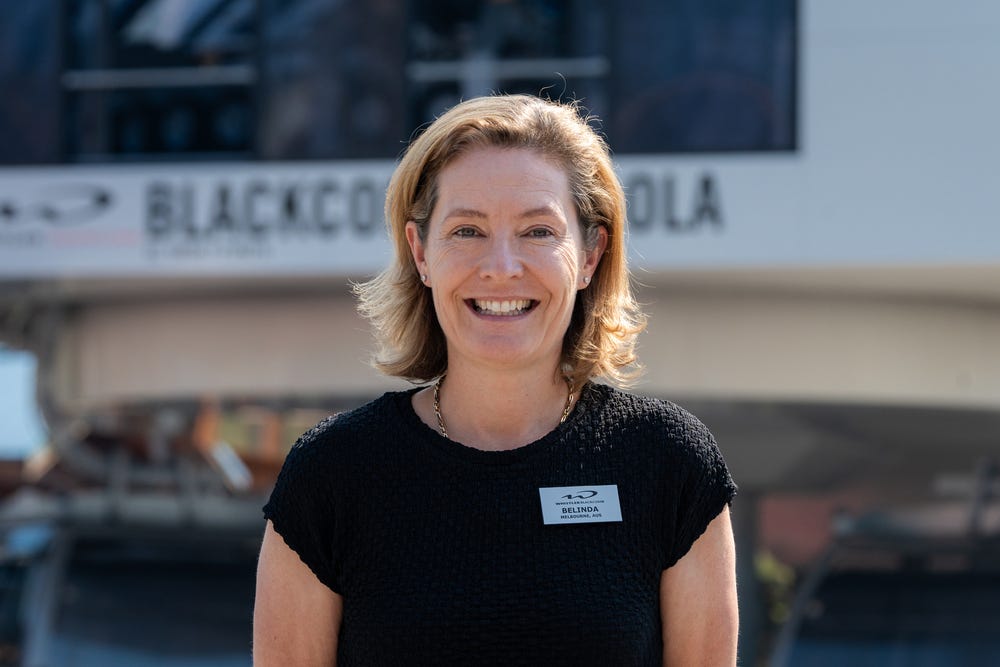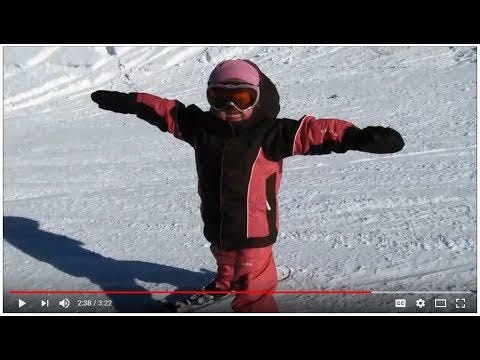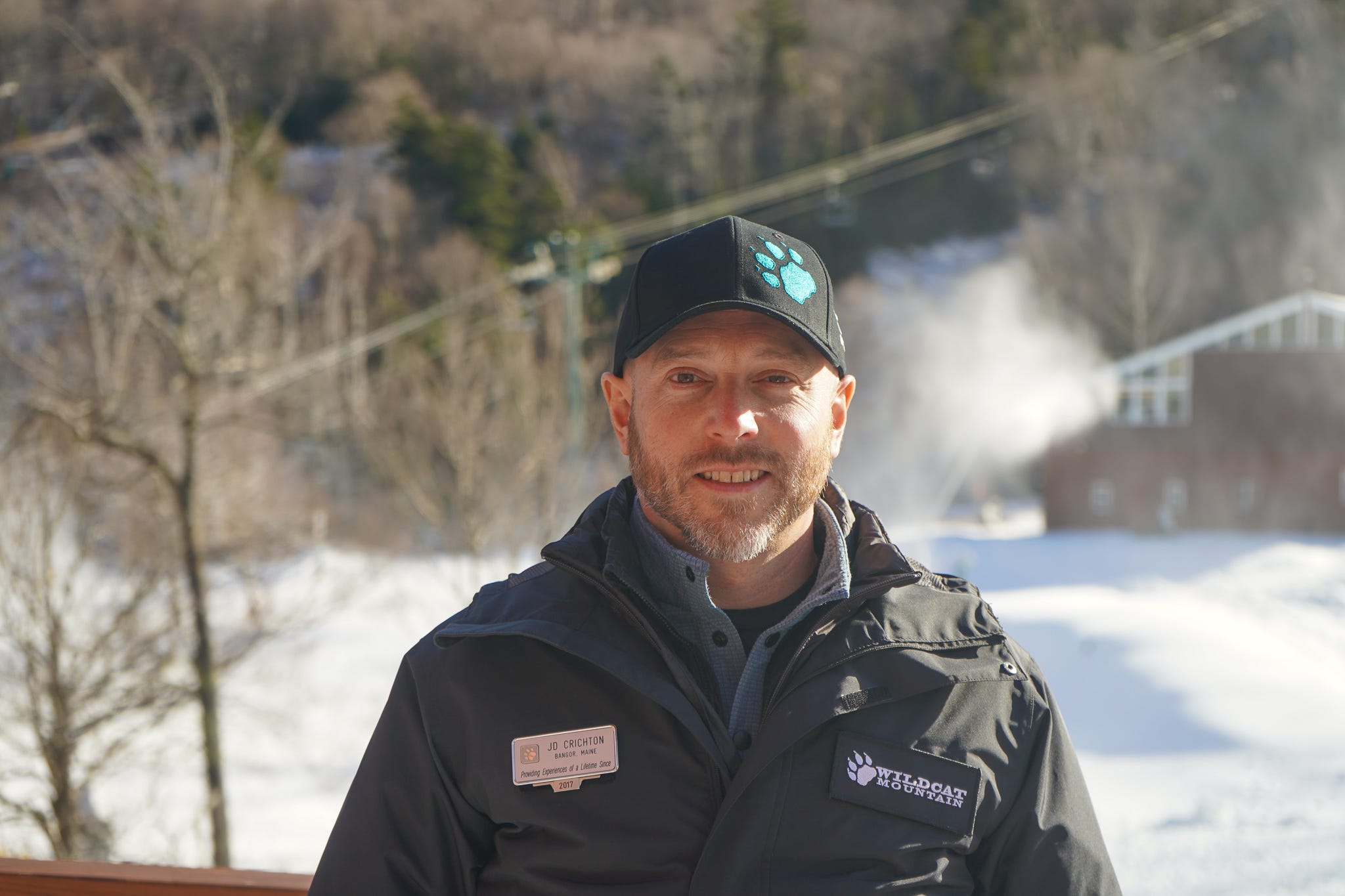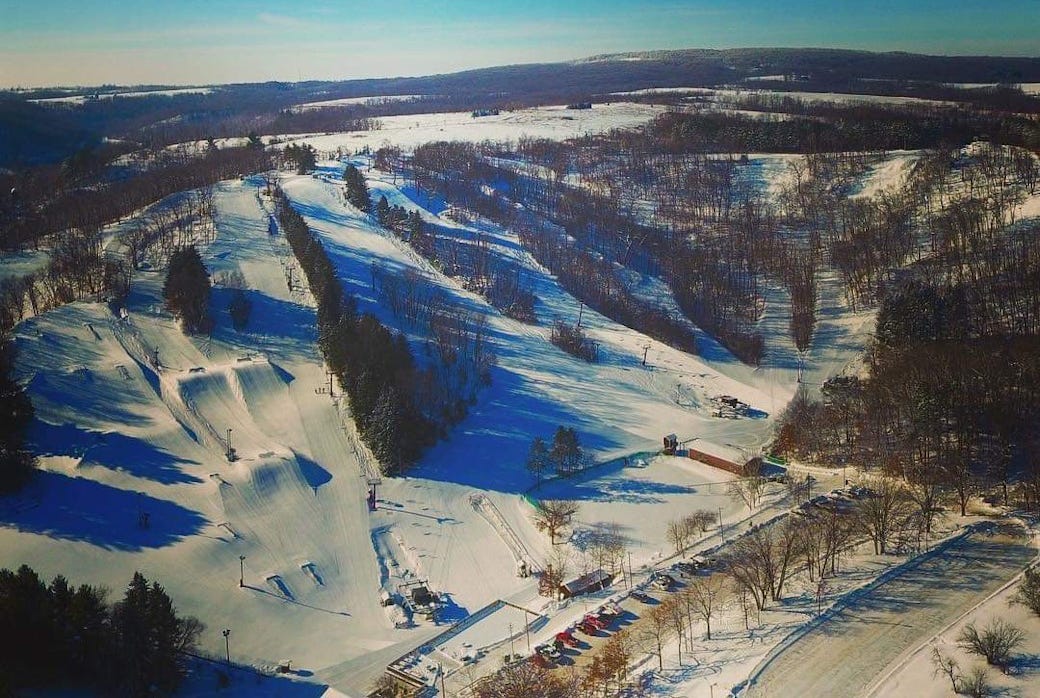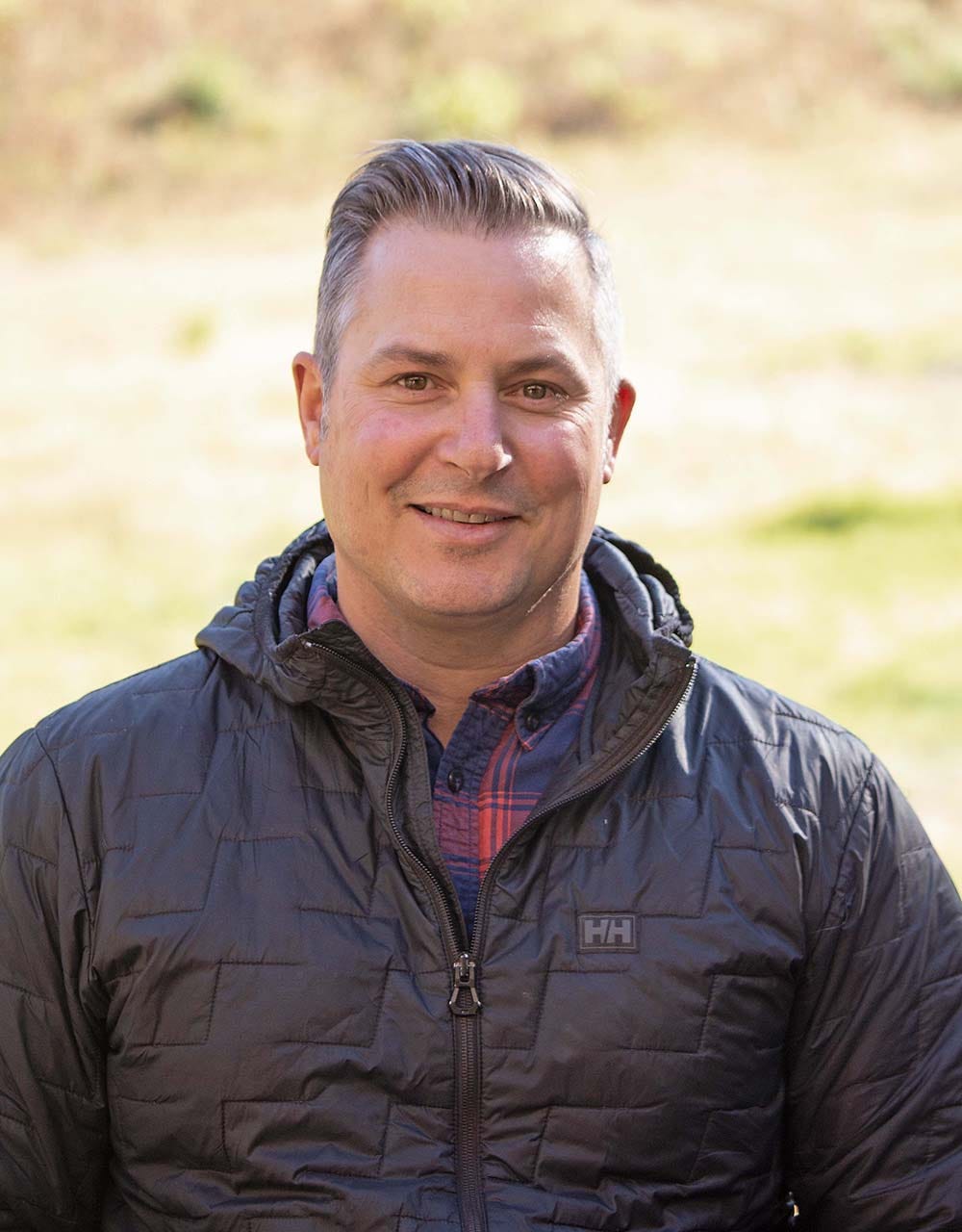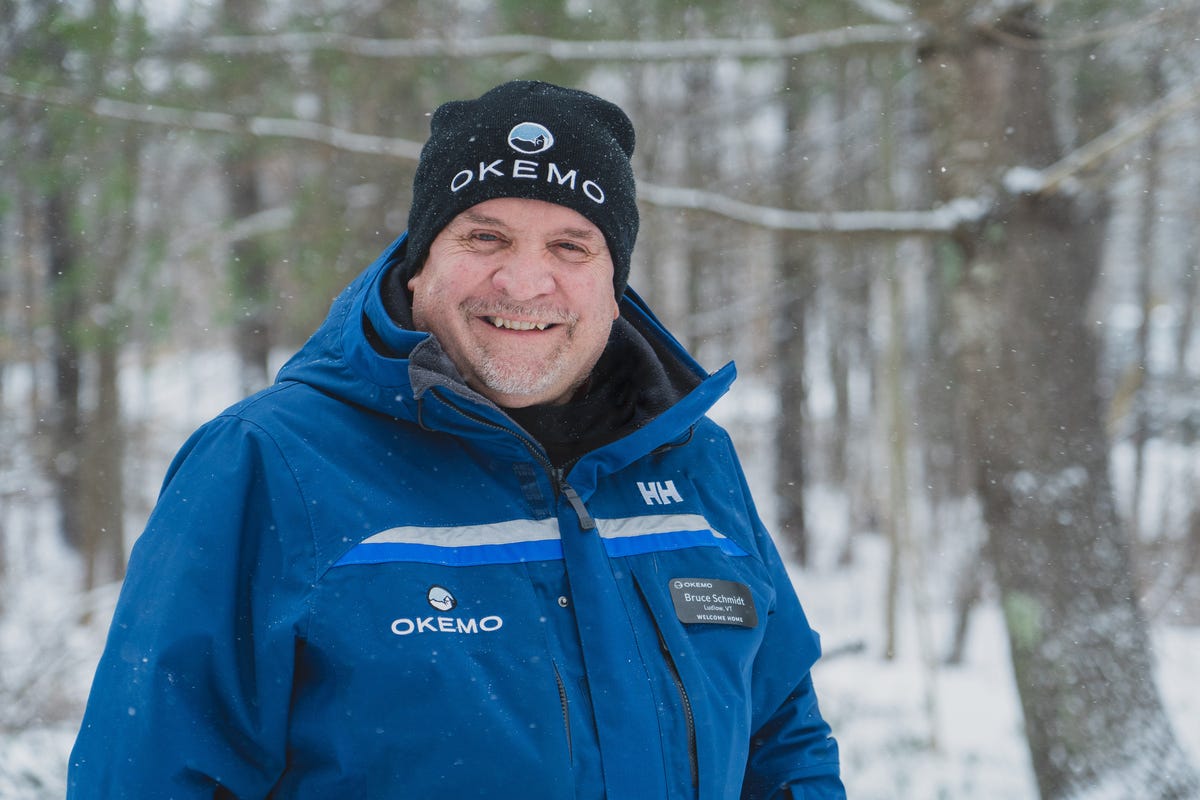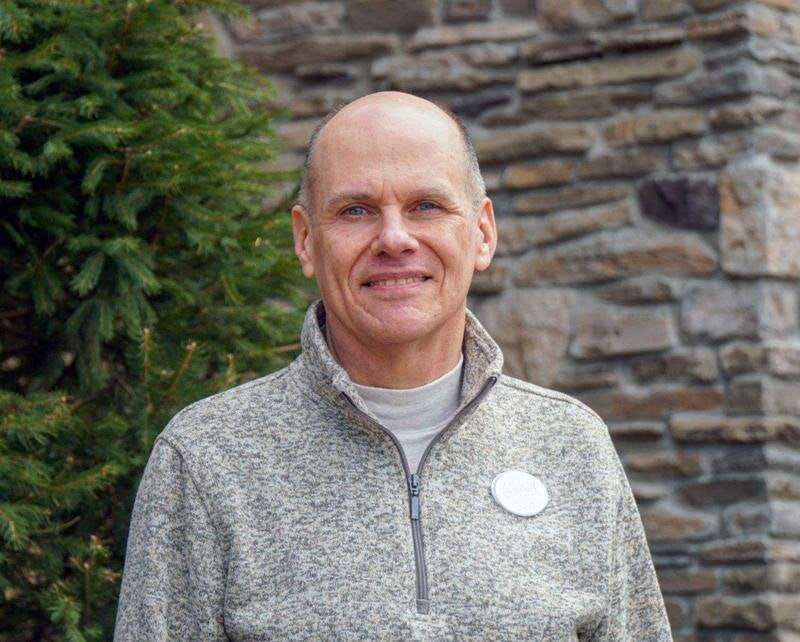Podcast #175: Whistler Blackcomb Vice President & COO Belinda Trembath
Description
This podcast hit paid subscribers’ inboxes on June 10. It dropped for free subscribers on June 17. To receive future pods as soon as they’re live, and to support independent ski journalism, please consider an upgrade to a paid subscription. You can also subscribe to the free tier below:
Who
Belinda Trembath, Vice President & Chief Operating Officer of Whistler Blackcomb, British Columbia
Recorded on
June 3, 2024
About Whistler Blackcomb
Click here for a mountain stats overview
Owned by: Vail Resorts (majority owners; Nippon Cable owns a 25 percent stake in Whistler Blackcomb)
Located in: Whistler, British Columbia
Year founded: 1966
Pass affiliations:
* Epic Pass: unlimited
* Epic Local Pass: 10 holiday-restricted days, shared with Vail Mountain and Beaver Creek
Closest neighboring ski areas: Grouse Mountain (1:26 ), Cypress (1:30 ), Mt. Seymour (1:50 ) – travel times vary based upon weather conditions, time of day, and time of year
Base elevation: 2,214 feet (675 meters)
Summit elevation: 7,497 feet (2,284 meters)
Vertical drop: 5,283 feet (1,609 meters)
Skiable Acres: 8,171
Average annual snowfall: 408 inches (1,036 centimeters)
Trail count: 276 (20% easiest, 50% more difficult, 30% most difficult)
Lift count: A lot (1 28-passenger gondola, 3 10-passenger gondolas, 1 8-passenger gondola, 1 8-passenger pulse gondola, 8 high-speed quads, 4 six-packs, 1 eight-pack, 3 triples, 2 T-bars, 7 carpets – view Lift Blog’s inventory of Whistler Blackcomb’s lift fleet) – inventory includes upgrade of Jersey Cream Express from a quad to a six-pack for the 2024-25 ski season.
Why I interviewed her
Historical records claim that when Lewis and Clark voyaged west in 1804, they were seeking “the most direct and practicable water communication across this continent, for the purposes of commerce.” But they were actually looking for Whistler Blackcomb.
Or at least I think they were. What other reason is there to go west but to seek out these fabulous mountains, rising side by side and a mile* into the sky, where Pacific blow-off splinters into summit blizzards and packed humanity animates the village below?
There is nothing else like Whistler in North America. It is our most complete, and our greatest, ski resort. Where else does one encounter this collision of terrain, vertical, panorama, variety, and walkable life, interconnected with audacious aerial lifts and charged by a pilgrim-like massing of skiers from every piece and part of the world? Europe and nowhere else. Except for here.
Other North American ski resorts offer some of these things, and some of them offer better versions of them than Whistler. But none of them has all of them, and those that have versions of each fail to combine them all so fluidly. There is no better snow than Alta-Snowbird snow, but there is no substantive walkable village. There is no better lift than Jackson’s tram, but the inbounds terrain lacks scale and the town is miles away. There is no better energy than Palisades Tahoe energy, but the Pony Express is still carrying news of its existence out of California.
Once you’ve skied Whistler – or, more precisely, absorbed it and been absorbed by it – every other ski area becomes Not Whistler. The place lingers. You carry it around. Place it into every ski conversation. “Have you been to Whistler?” If not, you try to describe it. But it can’t be done. “Just go,” you say, and that’s as close as most of us can come to grabbing the raw power of the place.
*Or 1.6 Canadian Miles (sometimes referred to as “kilometers”).
What we talked about
Why skier visits dropped at Whistler-Blackcomb this past winter; the new Fitzsimmons eight-passenger express and what it took to modify a lift that had originally been intended for Park City; why skiers can often walk onto that lift with little to no wait; this summer’s Jersey Cream lift upgrade; why Jersey Cream didn’t require as many modifications as Fitzsimmons even though it was also meant for Park City; the complexity of installing a mid-mountain lift; why WB had to cancel 2024 summer skiing and what that means for future summer seasons; could we see a gondola serving the glacier instead?; Vail’s Australian trio of Mt. Hotham, Perisher, and Falls Creek; Whistler’s wild weather; the distinct identities of Blackcomb and Whistler; what WB means to Vail Resorts; WB’s Olympic legacy; Whistler’s surprisingly low base elevation and what that means for the visitor; WB’s relationship with local First Nations; priorities for future lift upgrades and potential changes to the Whistler gondola, Seventh Heaven, Whistler T-bar, Franz’s, Garbanzo; discussing proposed additional lifts in Symphony Bowl and elsewhere on Whistler; potential expansion into a fourth portal; potential new or upgraded lifts sketched out in Blackcomb Mountain’s masterplan; why WB de-commissioned the Hortsman T-Bar; missing the Wizard-to-Solar-Coaster access that the Blackcomb Gondola replaced; WB’s amazing self-managing lift mazes; My Epic App direct-to-lift access is coming to Whistler; employee housing; why Whistler’s season pass costs more than an Epic Pass; and Edge cards.
Why I thought that now was a good time for this interview
Four new major lifts in three years; the cancellation of summer skiing; “materially lower” skier visits at Whistler this past winter, as reported by Vail Resorts – all good topics, all enough to justify a check-in. Oh and the fact that Whistler Blackcomb is the largest ski area in the Western Hemisphere, the crown jewel in Vail’s sprawling portfolio, the single most important ski area on the continent.
And why is that? What makes this place so special? The answer lies only partly in its bigness. Whistler is vast. Whistler is thrilling. Whistler is everything you hope a ski area will be when you plan your winter vacation. But most important of all is that Whistler is proof.
Proof that such a place can exist in North America. U.S. America is stuck in a development cycle that typically goes like this:
* Ski area proposes a new expansion/base area development/chairlift/snowmaking upgrade.
* A small group of locals picks up the pitchforks because Think of the Raccoons/this will gut the character of our bucolic community of car-dependent sprawl/this will disrupt one very specific thing that is part of my personal routine that heavens me I just can’t give up.
* Said group files a lawsuit/formal objection/some other bureaucratic obstacle, halting the project.
* Resort justifies the project/adapts it to meet locals’ concerns/makes additional concessions in the form of land swaps, operational adjustments, infrastructure placement, and the like.
* Group insists upon maximalist stance of Do Nothing.
* Resort makes additional adjustments.
* Group is Still Mad
* Cycle repeats for years
* Either nothing ever gets done, or the project is built 10 to 15 years after its reveal and at considerable extra expense in the form of studies, legal fees, rising materials and labor costs, and expensive and elaborate modifications to accommodate one very specific thing, like you can’t operate the lift from May 1 to April 20 because that would disrupt the seahorse migration between the North and South Poles.
In BC, they do things differently. I’ve covered this extensively, in podcast conversations with the leaders of Sun Peaks, Red Mountain, and Panorama. The civic and bureaucratic structures are designed to promote and encourage targeted, smart development, leading to ever-expanding ski areas, human-scaled and walkable base area infrastructure, and plenty of slopeside or slope-adjacent accommodations.
I won’t exhaust that narrative again here. I bring it up only to say this: Whistler has done all of these things at a baffling scale. A large, vibrant, car-free pedestrian village where people live and work. A gargantuan lift across an unbridgeable valley. Constant infrastructure upgrades. Reliable mass transit. These things can be done. Whistler is proof.
That BC sits directly atop Washington State, where ski areas have to spend 15 years proving that installing a stop sign won’t undermine the 17-year cicada hatching cycle, is instructive. Whistler couldn’t exist 80 miles south. Maybe the ski area, but never the village. And why not? Such communities, so concentrated, require a small footprint in comparison to the sprawl of a typical development of single-family homes. Whistler’s pedestrian base village occupies an area around a half mile long and less than a quarter mile wide. And yet, because it is a walkable, mixed-use space, it cuts down reliance on driving, enlivens the ski area, and energizes the soul. It is proof that human-built spaces, properly conceived, can create something worthwhile in what, 50 years ago, was raw wilderness, even if they replace a small part of the natural world.
A note from Whistler on

